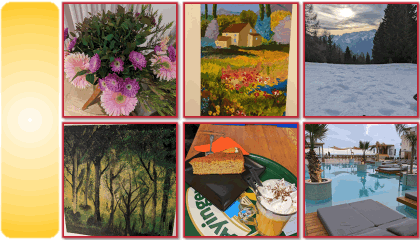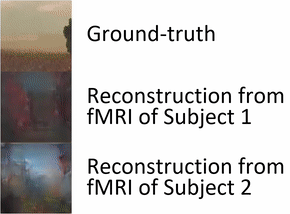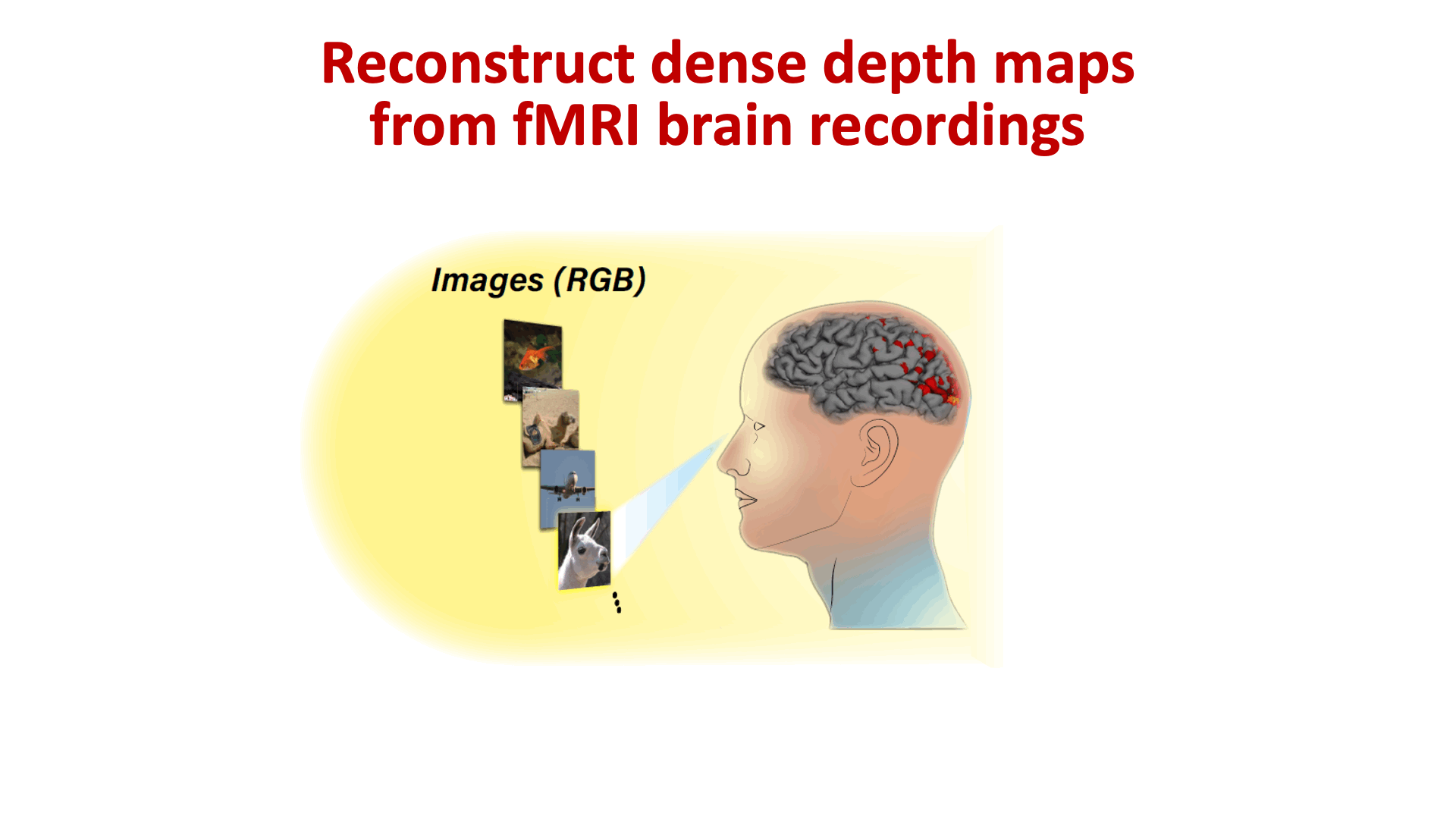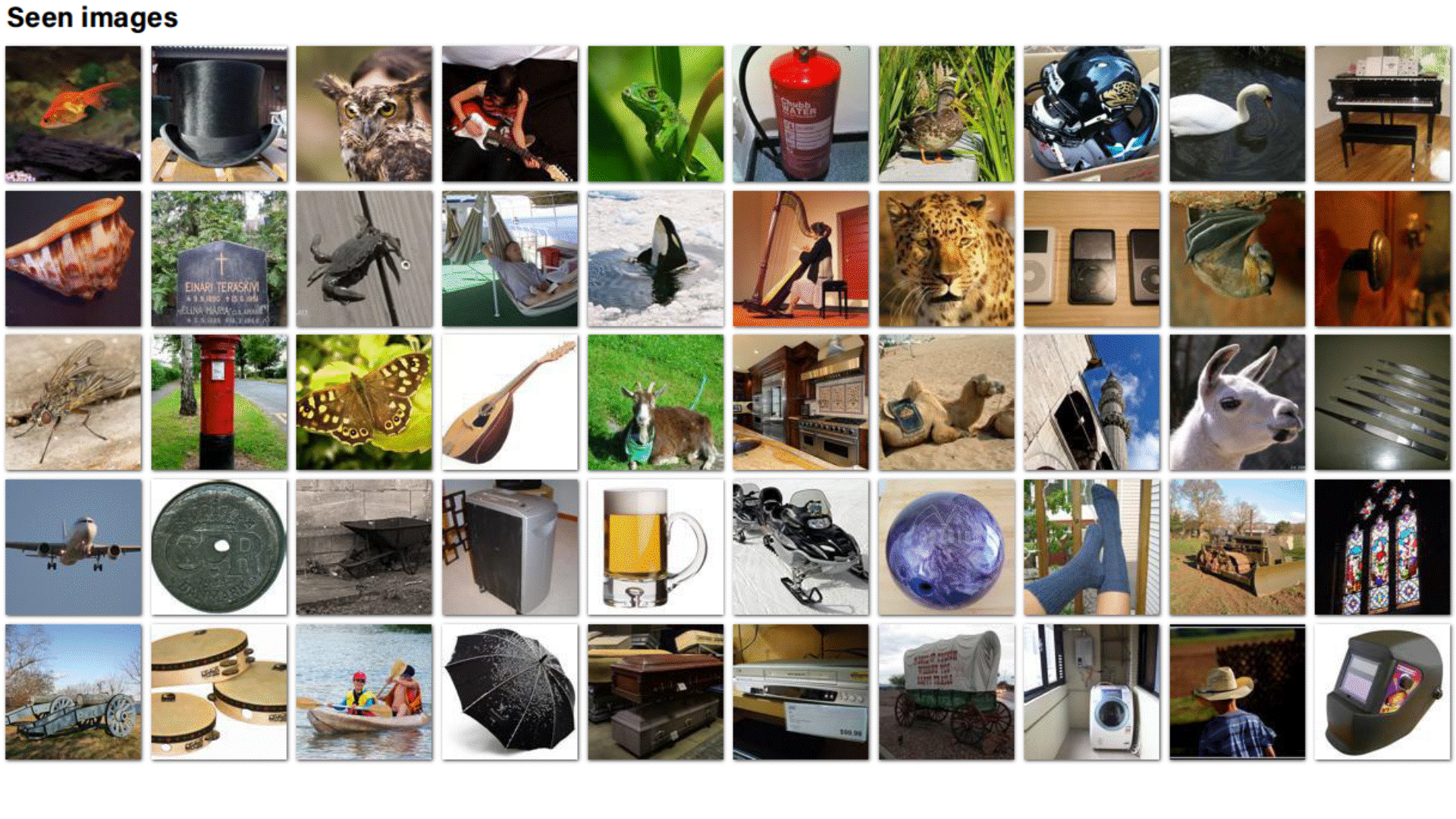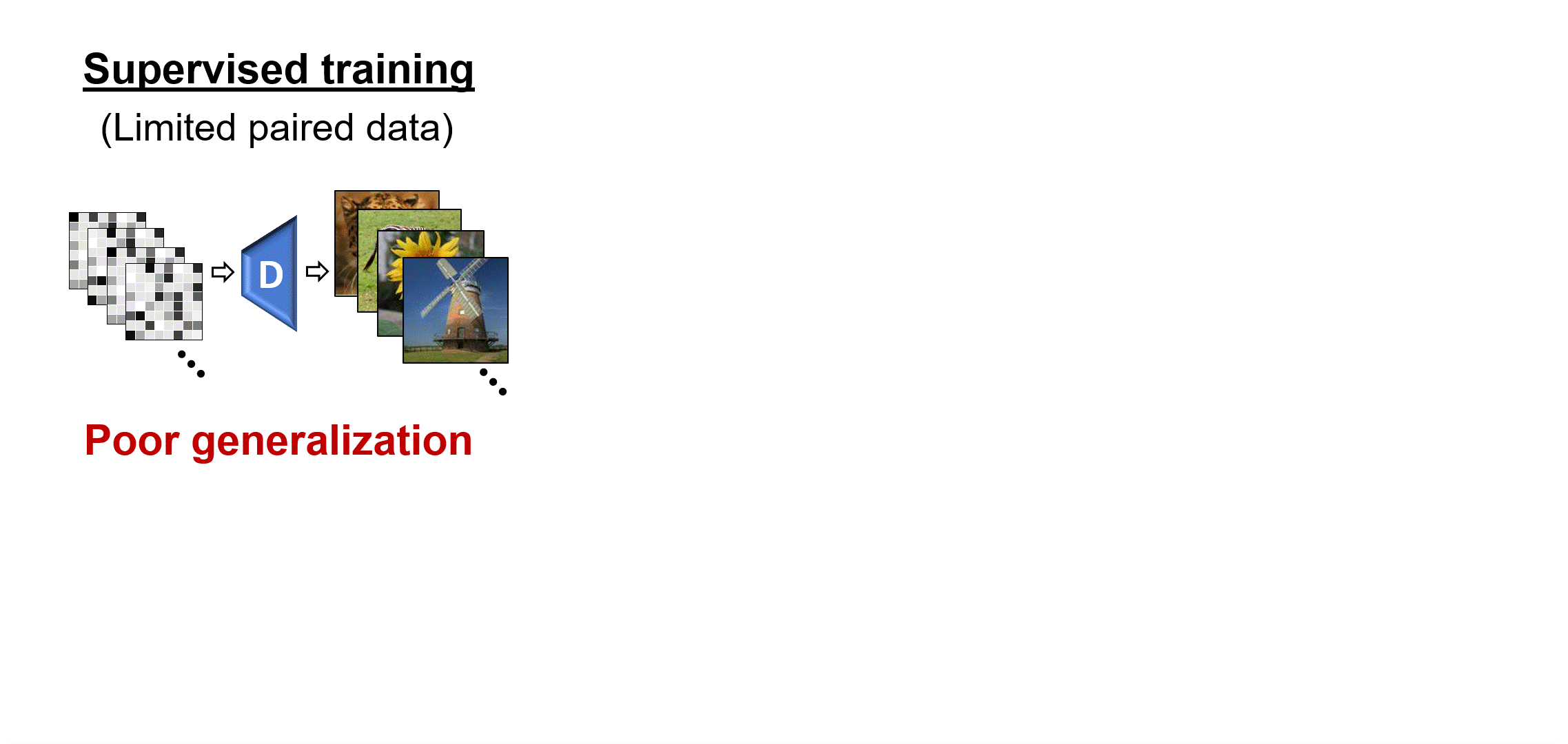Guy Gaziv

Postdoctoral Researcher
MIT
AI researcher focusing on the interface between machine and human vision.My present thrusts as a postdoctoral researcher in the DiCarlo Lab at MIT aim to build better models of primate visual cognition and to expand their utility.My PhD focused on decoding visual experience from brain activity under the supervision of Prof. Michal Irani. My MSc focused on studying human Joint Action during natural conversations under the supervision of Prof. Uri Alon. I earned my BSc in Physics-EECS from The Hebrew University of Jerusalem, and my MSc in Physics and PhD in Computer Science from The Weizmann Institute of Science.
News
- 09/2023: Our "wormholes" paper on modulation of human percepts via robustified ANNs was accepted to NeurIPS!
- 03/2023: Looking forward to teaching at the upcoming Brains, Minds & Machines Summer Course 2023
- 05/2022: Excited to start my postdoctoral training at the DiCarlo Lab at MIT!
- 03/2022: Our paper on self-supervised image reconstruction and large-scale classification is now published in NeuroImage!
- 06/2021: Check out our new paper about 3D depth recovery of observed images from brain activity
- 02/2021: I was nominated for the 2021 Fulbright Postdoctoral Fellowship
- 01/2021: I defended my PhD thesis titled "Decoding Visual Experience from Brain Activity"
- 01/2020: I gave a talk about "Self-Supervised Natural-Image Reconstruction from fMRI" at the Israeli Computer Vision day
- 09/2019: Our paper on self-supervised image reconstruction was accepted to NeurIPS
- 09/2019: Our face-space geometry paper was accepted to Nature Communications
